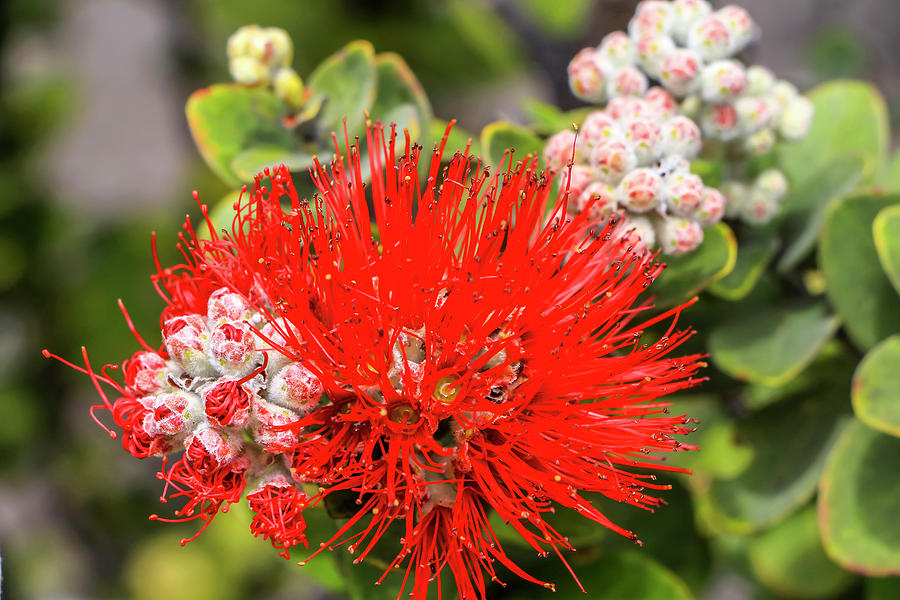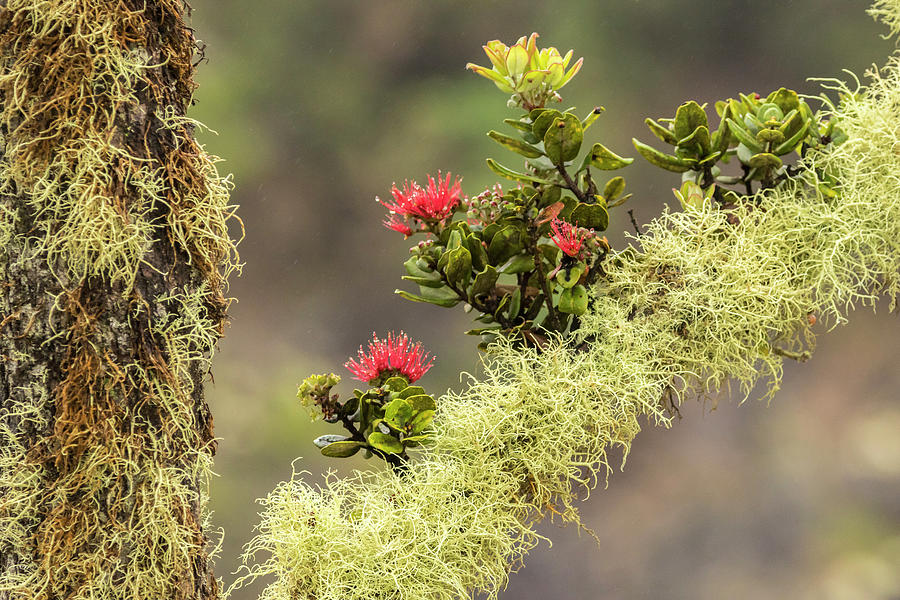If you’re like many people, then you’re likely to think you think of Hawaii as a tropical getaway with breathtaking beaches and lush forests. However, there’s a different side to this state that a lot of people don’t are aware of. Ohia is a tough tree that is found in the forests and mountains of Hawaii and is currently at risk from a deadly disease known as Rapid Ohia Death. We need your help to protect Ohia. What Exactly Is Ohia? Ohia lehua, a tree that belongs to the Myrtle family of trees. This includes Guava, Eucalyptus, as well as clove. It is most well-known for its blossoms that appear in white clusters that can be up to 12 inches across.

The term “Hakalau” means “path of the god” or “pathway to heaven.” The title was given the place due to the fact that, according to Hawaiian legend, it was in this area that the heaven father Wakea got married to earth’s mother Papa as well as their child Haumea. The legend says that this place of worship became a refuge to all living things when they fled from Kaala-Pahoa (death). Today Hakalau Forest National Wildlife Refuge comprises approximately 36,267 acres spread across two parts. The bigger unit comprises approximately 31,100 acres of land that extends across the southern slopes Mauna Kea and about 5,500 acres of land along the upper Kona slopes.
Hakalau Forest National Wildlife Refuge is more than just an animal sanctuary for endangered species It is also a stunning forest which is spread across more than 26,000 hectares of land. This stunning natural paradise offers stunning views of lush greenery, as well as kinds of wildlife you can see on your leisure with the aid of our helpful brochures and trail maps. Apart from the amazing wildlife, Hakalau Forest National Wildlife Refuge is full of rare native plants as well. It is possible to catch a glimpse of some hibiscus , or Hala Pepe (pictured) while you’re there!
Another unique aspect one of Ohia National Wildlife Refuge is the nature of the fact that two major climate zones are interspersed here. There are tropical rainforests alongside sub-alpine forest along steep slopes on Mauna Kea. The animals and plants you’ll find in this area are used to cooler temperatures, making it a very popular destination for hikers during winter months. Hakalau Forest National Wildlife Refuge is one of the most important native bird habitats on the Big Island.
BCI is still monitoring populations frequently at the refuge, and is very grateful for its affiliation in the park. Prior to 1985, the land that is today Hakalau Forest National Wildlife Refuge was owned privately by Heinz the family’s interests. The majority of the forest had been severely degraded because it had been changed into plantations for coffee and macadamia nuts . It was also cattle grazed on. Particularly worrying were population of nenes, which was shrinking rapidly as a result of the loss of habitat and predation from non-native feral pigsCochon; Sus scrofa.

Since 1984, The Nature Conservancy (TNC) began working with Dr. Stuart Pimm of Duke University along with other scientists to determine areas in Hawaii that could be acquired to protect the environment. Hawaii Volcanoes National Park donated more than 203 acres of land to The Nature Conservancy on June 4 April, 1985. Additional land was donated by the Kahele family on the 21st of November, 1985, and also by the James Campbell Company in December of the same year.
